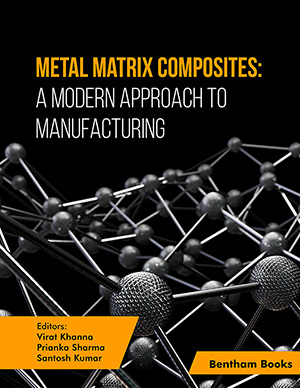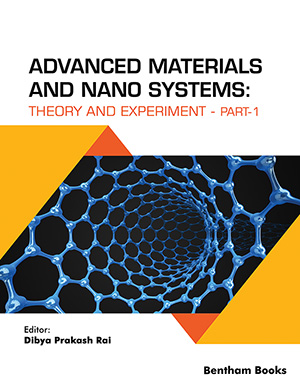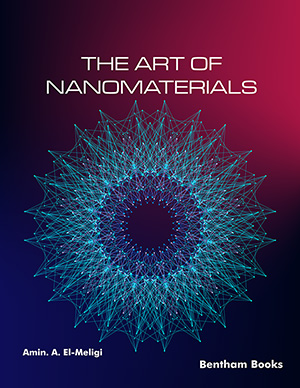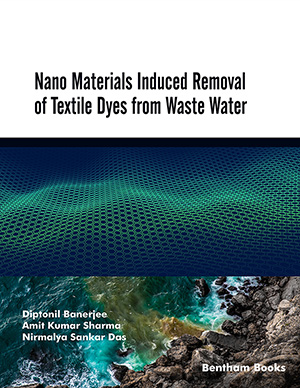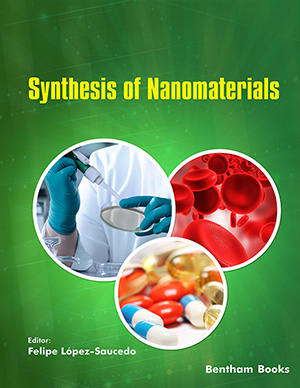Abstract
Metal matrix composites (MMCs) having particulate or laminate structure
are extensively used in a wide range of applications including cutting tools, automotive
vehicles, aircraft, and consumer electronics. In a composite material, two or more
dissimilar materials are combined to form another material having superior properties.
The matrix is a continuous phase in a composite material and is usually more ductile
and less hard phase. In the matrix phase, aluminum, magnesium, titanium and copper
are some of the metals widely used matrix materials. Compared with unreinforced
metals, MMCs offer much better mechanical and thermal properties as well as the
opportunity to tailor these properties for a particular application. In order to fabricate
MMCs, various processing techniques have been evolved which can be categorized as
liquid state method: Stir Casting, Infiltration, Gas Pressure Infiltration, Squeeze
Casting Infiltration, Pressure Die Infiltration, solid state method: Diffusion bonding,
Sintering and vapor state method: Electrolytic co-deposition, Spray co-deposition and
Vapor co-deposition. The microstructure of MMCs such as orientation, distribution and
aspect ratio of reinforced phase can effectively influence the properties of composite
materials. The effective properties of MMCs can be predicted using the analytical or
numerical methods. Analytical methods such as: Turner Model, Kerner Model,
Schapery bonds, Hashin’s bond and Rule-of-Mixtures are used widely for effective
properties computation. However, analytical methods cannot take into account the
material microstructure, and therefore, the finite element method has been used
extensively to model the real microstructure of composites and to predict the
deformation response and effective properties of composites.
Keywords: Hashin bound, Metal matrix composites, Shtrikman bound, Structural properties.


